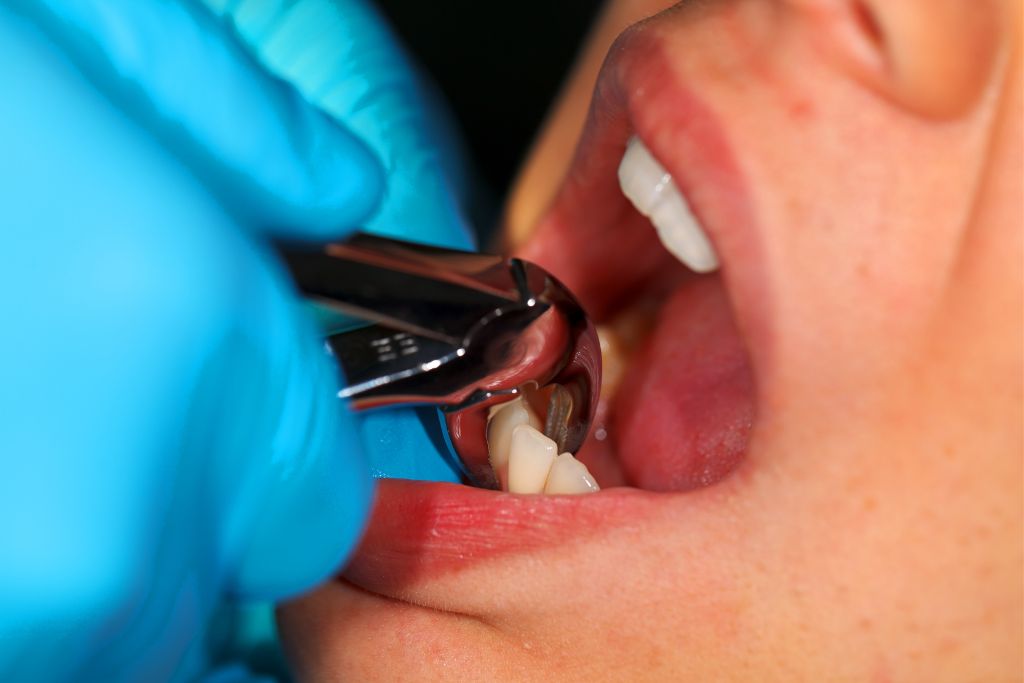If you’re thinking about getting a dental implant, it’s important to understand the process so you can make an informed decision. There are a number of different factors to keep in mind during the healing process, including the timing and frequency of follow-up appointments with your dental professional. It’s also important to know how to prevent the onset of pain. You can get ready for recovery in a number of ways, such as by eating well, taking painkillers, and using ice to reduce swelling and inflammation.
Extraction and grafting
Dental bone grafting is a procedure that adds bone to the site of a missing tooth or bone defect. It can be done with a variety of different materials, including synthetic bone or animal bone.
There are several benefits to dental bone grafting. Most importantly, it can repair a defect in a patient’s jaw bone. The material can also help bulk up the jawbone and provide a solid foundation for an implant.

However, bone grafting is not a quick process. In order to have the graft heal, it needs to be in place for about four months. This will depend on the type of graft and the location of the graft.
Patients who undergo dental bone grafting have to allow a significant amount of time for recovery. They must visit their dentist frequently to ensure healing. Also, the healing process will cause some discomfort. Those who are experiencing pain may be prescribed medication.
Placement of the abutment
The placement of the abutment in the dental implant recovery process is a necessary step. Usually, it’s done at the same time as the implant. However, it may be placed at a later time.
It’s a simple procedure that is normally performed under a local anesthetic. It involves an incision in the gum tissue that will allow the dentist to gain access to the implant.

As the dentist works, the patient should follow the advice given by his or her dental professional. This includes good oral hygiene and eating a healthy diet. If the patient experiences any pain, they should consult a doctor. Pain can be controlled with OTC pain relievers and ice packs.
The abutment is a permanent attachment that connects the dental implant to the crown. Before the final tooth is fitted, the abutment needs to heal for a couple of weeks.
It’s also a good idea to see a dentist on a regular basis. During the recovery period, the teeth will be assessed and a temporary restoration might be fitted.
Ice as a pain reliever
There are several ways to alleviate pain and swelling after a dental implant procedure. One of these is using an ice pack. This can be applied several times a day to help reduce post-surgical discomfort. However, it is important to avoid putting an ice pack inside your mouth, as this could cause an ice burn.
Another method is to rinse with warm salt water. This can help relieve pain and fight possible infections.

It’s not always easy to manage the pain and swelling after a surgical procedure, but it is possible. A good pain management plan should include proper hydration, as this helps flush toxins out of the body.
You should also stick to a soft diet during the first few days after surgery. Avoid hot foods and drinks, as they can cause additional bleeding. Soft foods, such as steamed vegetables, are ideal. Also, you should try to get plenty of rest.
Follow-up appointments with dental professionals
During dental implant recovery, follow-up appointments are very important. These appointments are a great way to make sure that your mouth heals well and that your prosthetics are in the right place. If you miss your appointment, it can have negative consequences.
A typical dental implant maintenance visit lasts about an hour. Your dentist will examine your teeth, check for signs of infection, and examine the fit of your dentures. He or she will also check the health of the dental implant, which has been placed in the jawbone.

Dental implants are designed to be durable for many years. However, complications can occur during the lifetime of your implant. Fortunately, they are easily corrected.
The first post-placement appointment is usually scheduled within two weeks of surgery. This is where the dentist will clean and disinfect the bone and the implant. X-rays are taken to determine the bone density of your dental implants.


